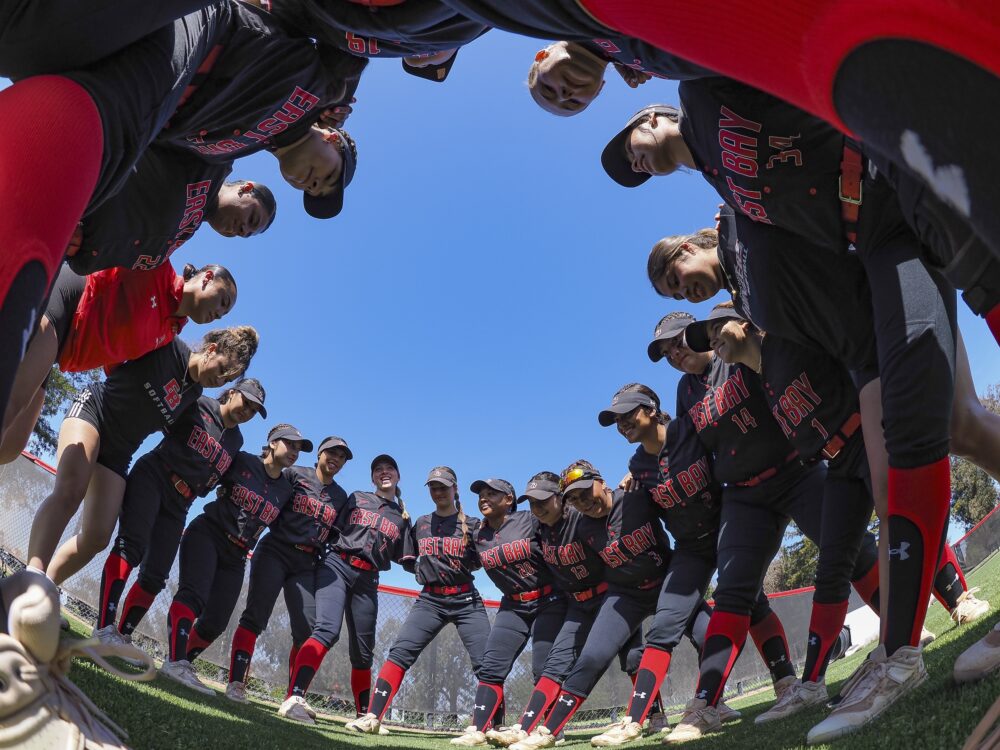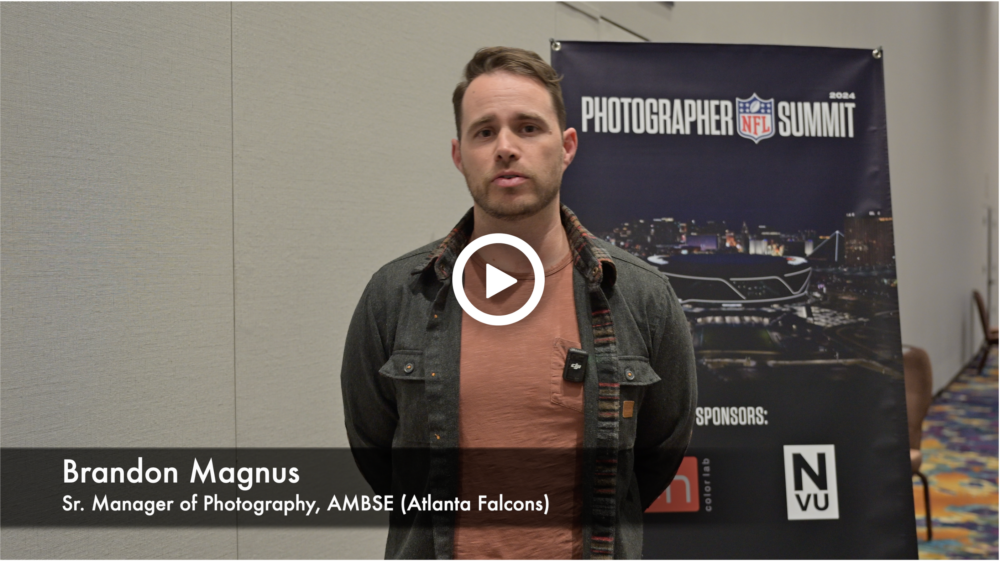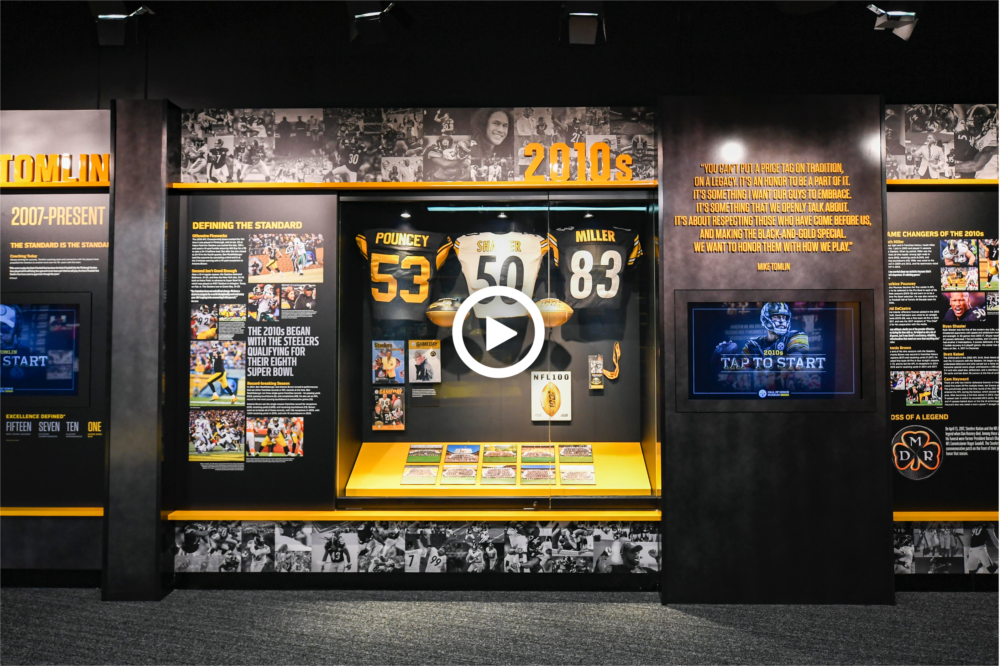Share
Video Marketing Tips, Inspiration and ROI with Franklin & Marshall College
Frankling & Marshall College drives content ROI with PhotoShelter.
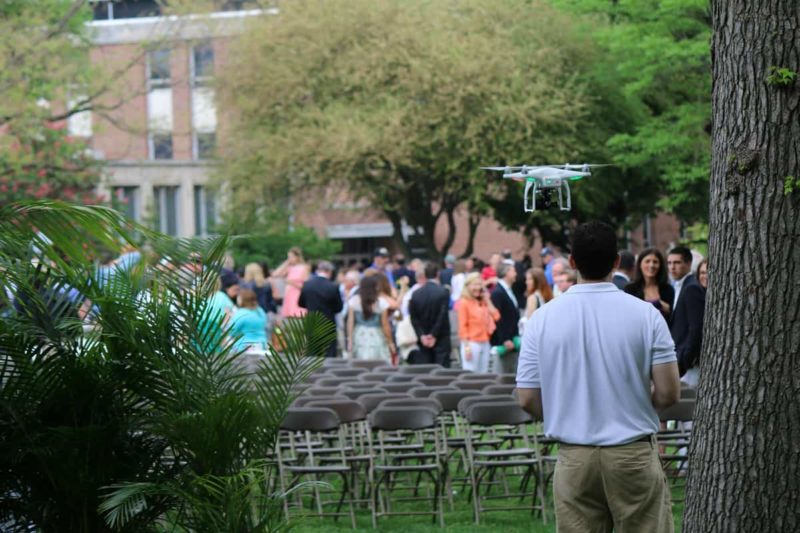
Alexander Monelli is the first in-house video producer in Franklin & Marshall College’s 230 year history. Before his time, the college hired video production firms to create polished videos that were expensive to produce. Then, in 2012, the team decided to make video a priority.Just five years after Alexander’s hire, demand for video is skyrocketing. He just hired a second videographer, and he brings on production companies to help fill in the gaps.
“We get so many requests for video that I can’t handle them all,” says Alexander.
Alexander and his team produce videos for student recruitment, alumni engagement, fundraising, events and more. Their work shines a light on what makes Franklin & Marshall unique, and it’s having a powerful impact.
“For F&M in the past couple of years, you can see it in the overall image of the college,” says Alexander.
He explains that applications shot up from 5,000 a year to 7,000 a year, and while video isn’t the only reason, it’s certainly a component.
“It’s creating a feeling of pride,” says Alexander.
We asked Alexander to take us behind the scenes at Franklin & Marshall. Here’s what we learned from his successful video storytelling strategy.
Create your own signature style.
Alexander joined the team at Franklin & Marshall with a blank slate.
“It was my role initially to say, this is the type of style, this is what you can expect in terms of quality and storytelling,” he explains.
He says one of his first stories set the stage for the future. He was sent to produce an alumni documentary about physical therapist Liz Watson. When he got there, she was working with an 18 year old patient who was paralyzed from the waist down. Alexander captured the first time the patient was able to lift himself up onto a bed since his accident.
He knew then that he couldn’t add a happy music track and make the lighthearted campus marketing video you might expect. It had to be more raw.
“That’s what launched everything in terms of my style and approach,” says Alexander, noting that his videos are often shot with a handheld, documentary feel. “It was kind of a real eye opener for me as a person and as a videographer.”
Check out the final product:
Focus on authentic storytelling.
Alexander wants to make sure his videos tell real, engaging stories, in addition to hitting the objectives of the marketing or fundraising departments. He never writes scripts and never tries to stage a scene. He wants the students, alumni and professors he interviews to talk casually.
When he’s editing, he uses candid moments to make sure a video doesn’t feel over-produced. Check out this alumni documentary on Asawin Suebsaeng, a journalist for the Daily Beast. In just the first 20 seconds, you get a behind the scenes perspective that gives the video an authentic feel.
Did you catch the other candid moment at 1:12? Alexander explains why it made the final cut:
He asked me politely if I could stop for a minute so he could finish something and concentrate and I thought it was a great moment. It showed his dedication and work ethic in his career, and it fit comfortably in a story about real journalism (almost going behind the scenes). Those moments really endear a person or situation to the audience and let them know that what they’re watching is real.
Alexander adds that he puts his own spin on “if you build it, he will come.” If he shoots a story, he knows the right opportunity to use it will come. He finds and cultivates interesting stories, then holds on to them. When someone on campus comes to him asking for a video to promote a new initiative, he can go through his database to find a story that fits the bill.
Consider how video can offer what photography can’t.
When Alexander is shooting a story on campus, a photographer is often shooting the same story. His goal is to make sure they can both cover the story in unique, complimentary ways.
“I’m constantly thinking about moments,” he says. “How can I capture a shot in a way that a photographer can’t?”
He follows the progression or unfolding of a moment, thinking about how his audience will be able to watch it flow naturally. Check out this video of move-in day 2016. A photographer certainly covered the same scenes, but Alexander was able to tell a unique story by capturing sequences, changing facial expressions, and the sounds of the day.
An interview shot can be cinematic.
Many marketers and video producers are wary of “talking head” videos – videos that feature a long interview shot. But Alexander argues that sometimes it’s ok to let a talking head go on screen.
“The greatest special effect in a movie or a film is the close up of a person’s face when they discover or realize something,” says Alexander. “That’s more cinematic to me than the death star blowing up in Star Wars (although I am a huge star wars fan – not taking away from that).”
Alexander points to this alumni documentary on Donnell Butler, who now uses his degree from Franklin & Marshall to help young students.
“Watching Donnell’s face shift as he tells the story of why he chose F&M over Cornell or Penn is more engaging than anything else in the entire piece,” says Alexander. “We get to see Donnell reflect back on the biggest decision of his life and watch him become very emotional in a raw, unscripted way that could only be done in video.”
Go beyond the expected with aerial video.
Many college campuses use aerial footage as a nice establishing shot at the beginning of a video. It gives your viewers a new perspective – until they’ve seen it a dozen times.
“People are becoming jaded over the abundance of aerial video,” says Alexander. “You have to be creative with it. Using it to help tell your story is essential now.”
In this profile on Franklin & Marshall student Mark Rooney, Alexander used aerial video as a key storytelling tool. As Mark rode his bike around campus, Alexander followed him with a drone.
“I used the aerial footage to enhance the bike riding b-roll and ultimately reflect the theme of the video, which is that bikes are essentially freedom for young people (and anyone really),” says Alexander. “Mark tells a story about how free he felt to have a bike and ride it around as a kid and that’s one reason why he helps out at a local bike shop, repairing bikes for (and with) young kids.”
This use of aerial video is purposeful and fits perfectly with the story. Rather than adding it as a nice touch, Alexander used it to support what Mark was saying in a visual way.
Start experimenting with live video.
The Franklin & Marshall team has started experimenting with live video, using Facebook Live to broadcast speeches, ribbon cuttings, etc.
“It’s including everyone into the situation,” says Alexander, adding that now, alumni across the country can be a part of events on campus. “To be able to show them and have them experience it – that brings people in just as much as telling a story through traditional video.”
After testing different lengths, Alexander has realized it’s best to go live for half an hour so people have time to tune in and share the video with their networks. This discovery sparked a new strategy for live video. Now, he shoots a live “pre-show,” where he walks around with his phone shooting interviews and narrating the scene. The pre-show leads up to the main event, like a speech by the school president, which they stream live with a stationary HD camera.
Want to see how it works? Check out the fun, more casual pre-show promoting President Daniel Porterfield’s speech last month:
Next, check out the main event, which was shot with professional video and sound equipment:
Now, Alexander and his team are taking live video beyond the events you might expect. They’re using live video to tell stories. For example, they just used Facebook Live to broadcast the last bronze pour in a 40 year old arts building before the studio moved to a new state-of-the-art location.
“I think people are missing out on the idea that you can use Facebook Live to tell stories and do everything that you do with all of the other videos,” explains Alexander, adding that using live video adds an element of excitement. “Seeing something live, there’s just something about it. It’s more engaging, you feel like anything can happen.”
Start with an eye-catching thumbnail.
Of course, all of these tips only make a difference once you get your audience to click play. When Alexander looked to popular YouTube content creators for inspiration, he noticed that they all use thumbnails that combine images and text.
Now, he collaborates with photographers and graphic designers to create eye-catching thumbnails that will lure the audience.
“We treat them as if they’re movie posters,” he says.
Take a look at these fantastic examples:
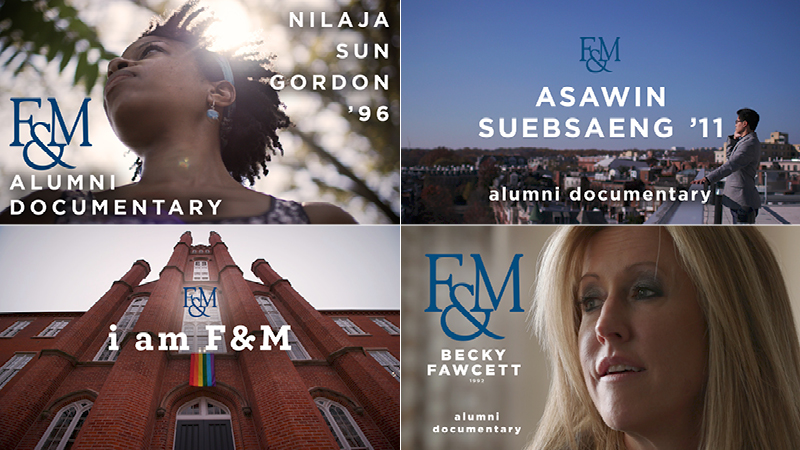
Measure success with shares.
As we saw above, video is clearly having an impact in shaping Franklin & Marshall’s image and encouraging prospective students to apply.
Alexander also watches for increasing view counts, compares this year’s videos to last year’s, and keeps track of likes on social media. Alexander and his team constantly get emails with great feedback, and many students have a video they love from when they looked into Franklin & Marshall during their college search. But he says the best way to measure the success of a video is with shares.
“To share it and to write something as to why you’re sharing suggests a deeper connection to it,” he explains. “You want your friends and followers to see and experience what you just did.”

The Takeaway
Now, it’s time to put Alexander’s tips to good use! Listen for compelling, organic stories. Use video to capture moments that other mediums can’t. Get creative with interview shots and aerial video. Test live video. Measure your impact. And don’t forget to add an eye-catching thumbnail image! Check out Franklin & Marshall’s YouTube channel to get inspired.
Photo courtesy of Alexander Monelli, Franklin & Marshall.
